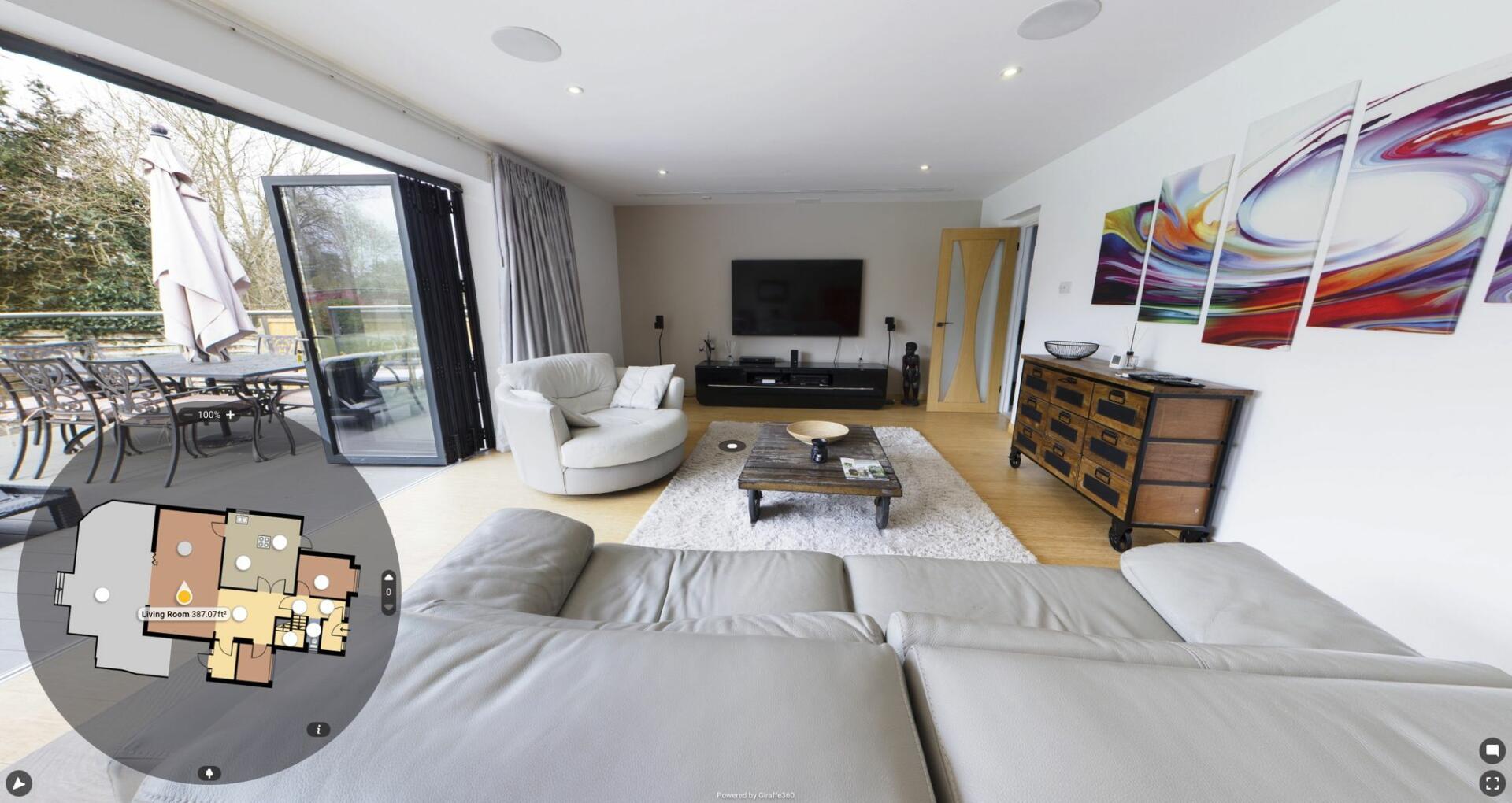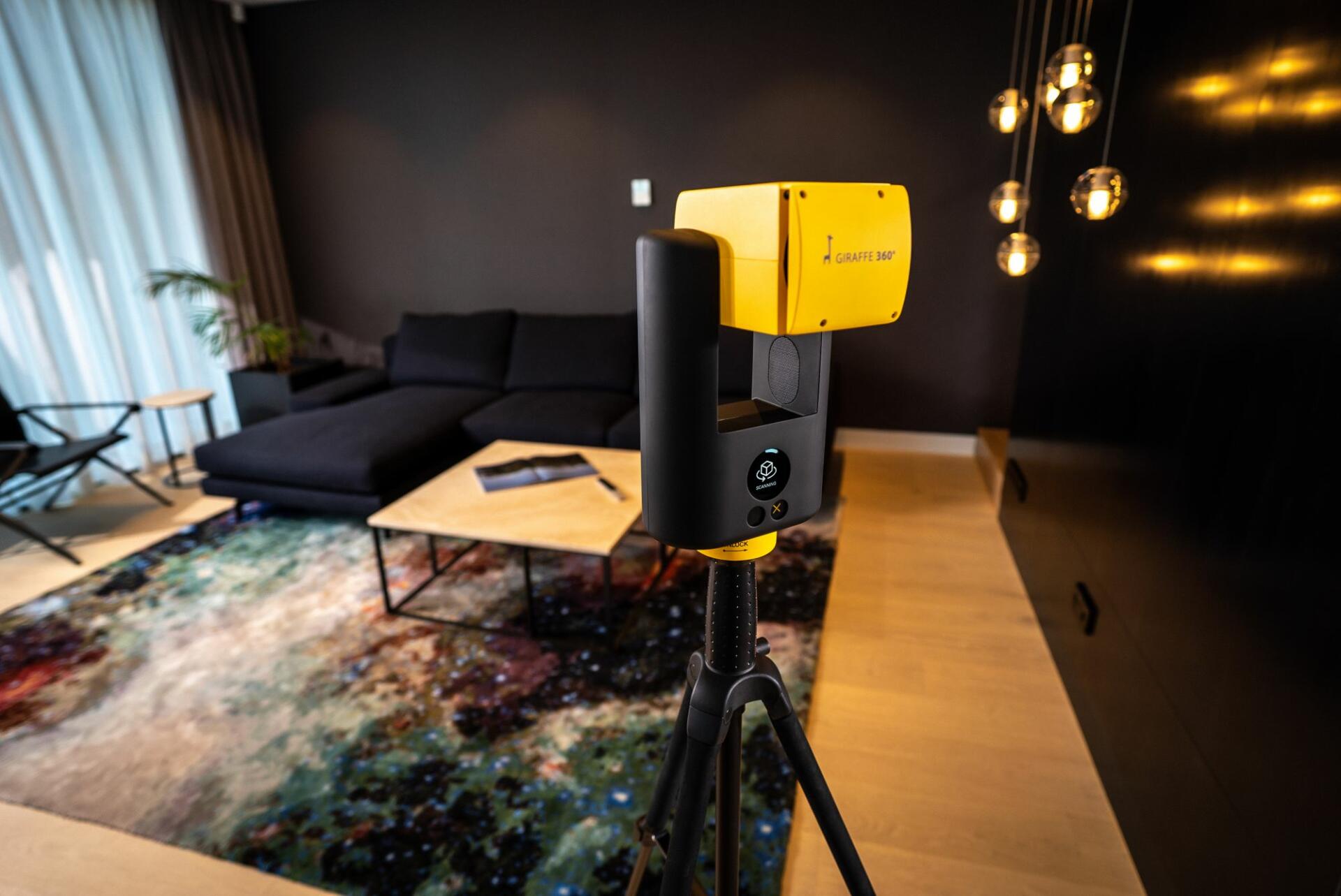The killer question for estate agents in our remote working world.
If you’re reading this article, you’re likely in one of the three camps:
- One: you’ve heard about virtual tours getting more and more traction in the real estate world and you’re curious to learn more.
- Two: you’ve heard of virtual tours as a marketing gimmick but you’re starting to notice the new wave of appearances on real estate listings.
- Three: you’ve never heard of virtual tours – is that the virtual reality goggle thing?
Spoiler alert: it’s definitely not the goggle thing.
Whatever camp you’re in though, you’ve come to the right place. But if you want to learn specifically about what virtual tours are and get a deep dive on how they work, take a look at our article on the longevity of the virtual tour trend.
What we really want to unpick is the value behind virtual tours for estate agents. As the world moves deeper into remote and digital living – the appetite for remote property viewing grows. Are virtual tours a passing trend, or the no-brainer solution to increased revenue?
In the real estate market, virtual tours have taken slightly different forms, with various capture methods available. As a marketing executive or an agency owner looking to get greater exposure for your listings, virtual tours could be an excellent option if executed well. At the same time, more traditional marketing packages like floor plans, photographs and written listing descriptions, or even simple homemade videos, continue to be prevalent.
What we can all be certain about is that everything is moving online and so are potential property buyers. The appeal of property listings now rests on how they can be showcased and explored online. Virtual tours are a great way of elevating any property’s online profile and giving potential buyers a thorough look through the window from the comfort of their sofa.
How can a virtual tour help sell a property?
It’s the most important factor for real estate agents. Yes, looking jazzy can be good for a website and engaging to prospective buyers, but do they actually help sell property? Do they impact the bottom line of agencies?
If your estate agency is yet to try virtual tours, it’s likely you’ve passed them off as a marketing gimmick and perhaps an unnecessary cost when other marketing materials have been reliable in the past. But with constantly shifting lockdowns and greater reluctance from consumers to visit properties in person, virtual tours have gone from being a nice-to-have to an essential feature for driving sales and leads.
Virtual tours are impactful for a number of reasons. If captured in the right way with the right equipment, they are highly successful in converting a prospect.
Here are the core benefits of virtual tours and how they can drive revenue:
-
Enables Viewing Remotely:
Offering remote viewing is becoming an essential line of service in today’s increasingly digital world. Remote viewings ensure your prospective buyers can view the entire property, not just a selection of rooms and angles dictated by a photographer. It’s vital that buyers get a sense that they can explore the full property with full control, much like they would in an in-person viewing. When remote viewing is combined with the thoroughness and quality of a virtual tour, customers feel confident to purchase listings without having to see the property in person. If your competitors are offering remote viewings and you aren’t, this can be a barrier to luring a prospective buyer, especially with caution around non-essential journeys continuing for the foreseeable future.














